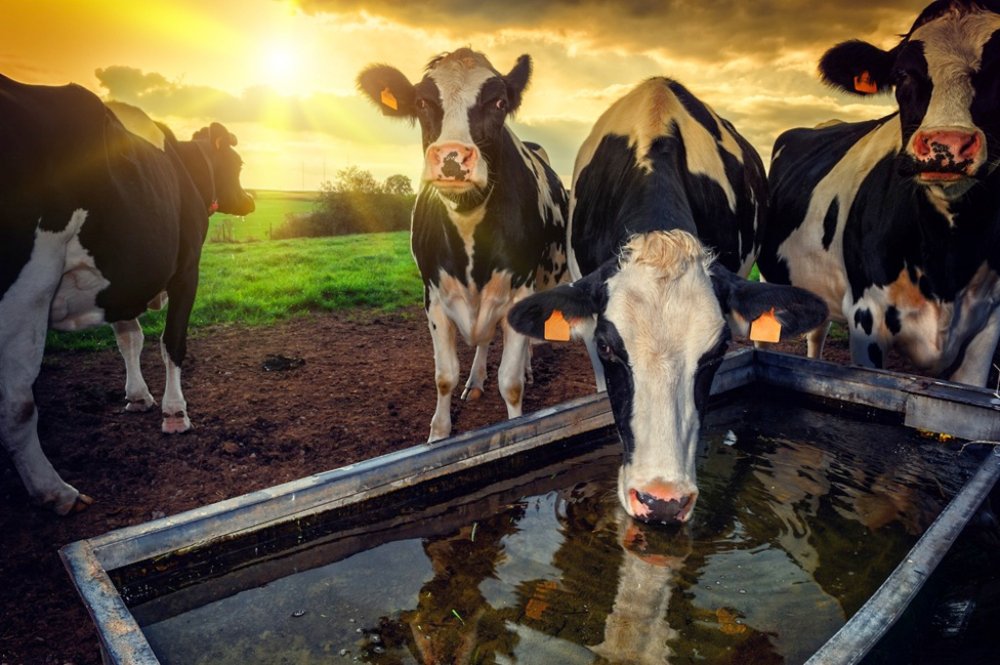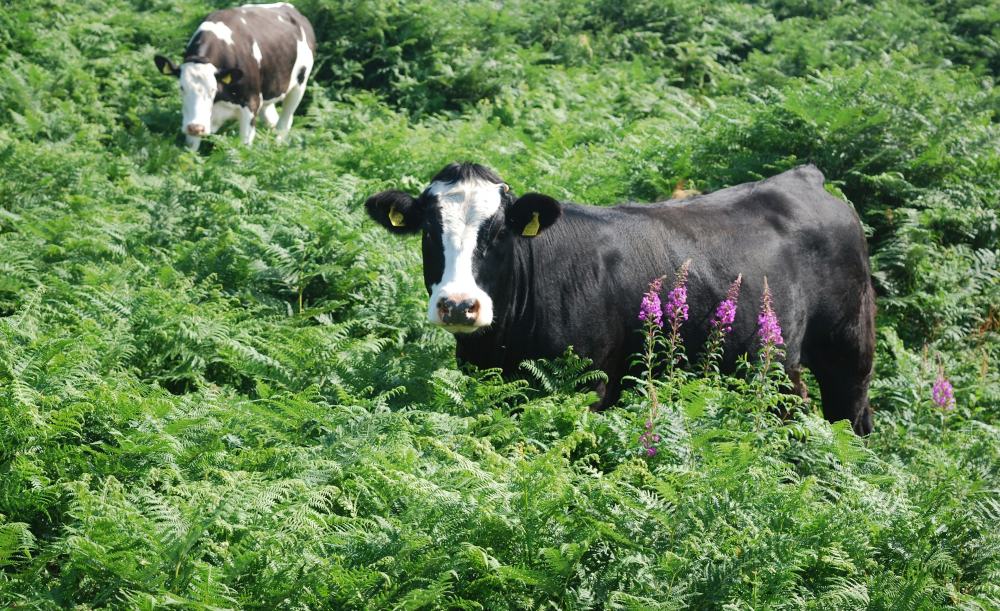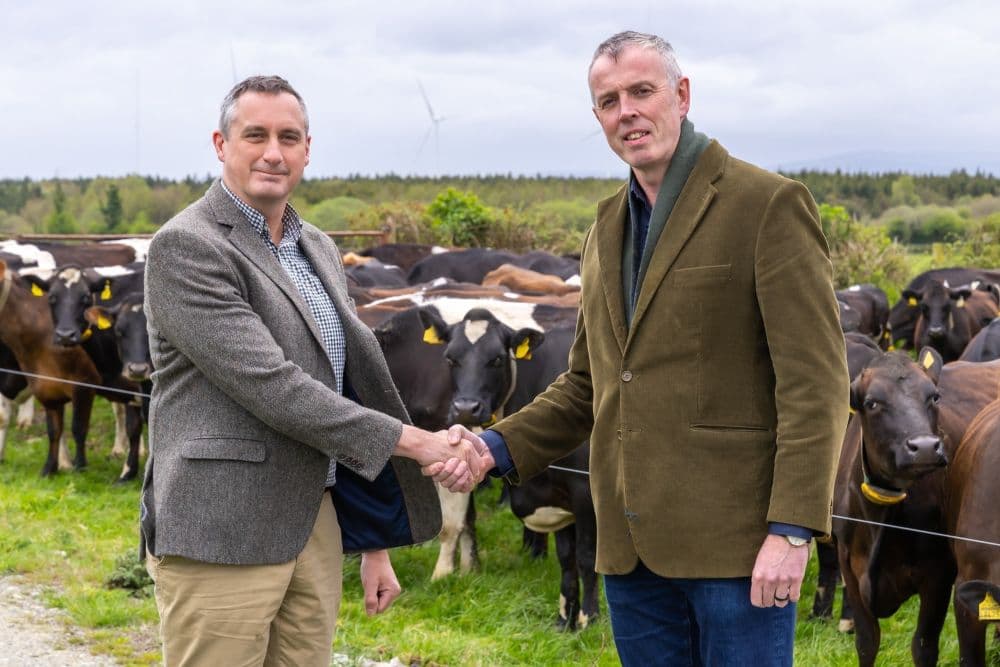Irish farm incomes to jump 39% as global food crisis drives prices to records, says Eoin Lowry, head of Agri Sector at Bank of Ireland in his H2 Outlook.
As the 2025 National Ploughing Championships kick off in Tullamore today, Irish farmers are set for their most profitable year in decades with average farm incomes forecast to surge 39% to €48,500 in 2025.
This comes as global food shortages drive commodity prices to record highs, says Lowry.
“This shift highlights a significant transformation in the financial structure of Irish agriculture: farmers have been funding growth primarily through cashflow rather than borrowing, while simultaneously paying down existing debt”
The income boost is being driven by livestock sectors experiencing unprecedented price increases, with cattle prices up 43% and calf prices nearly doubling with a 95% increase since June 2024. Milk prices have risen 12% over the same period.
“Irish agriculture entered 2025 on a firm footing,” said Eoin Lowry, Head of Agriculture at Bank of Ireland. “Since January, favourable weather conditions have continued and driven solid farm output in terms of grass growth, crop yields and animal performance.”
The surge reflects broader global trends, with the FAO Food Price Index reaching its highest level in two and a half years in July. Global meat prices achieved an all-time high, driven by tight supplies of cattle and sheep combined with robust international demand.
Farm debt hits 25-year low
The improved market conditions are strengthening farm balance sheets across Ireland. Total farm debt now stands at €2.65 billion as of March 2025, the lowest level in over 25 years. Overdraft utilisation has dropped 25% compared to the first half of 2024, while farm deposits are projected to reach record levels by year-end.
“This shift highlights a significant transformation in the financial structure of Irish agriculture: farmers have been funding growth primarily through cashflow rather than borrowing, while simultaneously paying down existing debt,” Lowry said.
Despite over €1bn in farm investment since dairy quotas were removed a decade ago, farm debt has decreased by nearly €750 million over the same period.
Beef and dairy lead sector gains
Beef farms are experiencing the most dramatic improvement, with gross margins expected to increase 90% on suckler farms and 44% on cattle finishing enterprises. Irish finished cattle prices often reached €8/kg in the first half of 2025, 34% higher than the same period in 2024.
Dairy farms are anticipated to benefit from a 30% increase in income, supported by the 7% rise in milk prices and a 5% increase in milk production. The continued strength in butter prices remains the primary driver, with milk prices expected to reach 49c/litre for the full year.
Sheep farms are also seeing positive momentum, with lamb prices averaging 7% higher than 2024. Total cattle numbers in Ireland are expected to reach a 10-year low in 2025, with sheep numbers also forecast to hit decade lows.
Investment appetite weakens
Despite the positive financial indicators, new lending to farmers fell 19% in the first quarter of 2025, marking the lowest level recorded in over a decade.
“Policy uncertainty, particularly around environmental regulations such as changes to the nitrates derogation, is creating hesitation around long-term investment decisions,” Lowry explained. “An ageing farming population, with limited succession planning, is dampening appetite for expansion.”
Major threats loom
The potential loss of Ireland’s nitrates derogation could remove up to €555 million from milk payments to farmers, requiring dairy herd cuts of up to 15%. The United States represents Ireland’s second-most important agri-food market, with €2 billion in exports last year, though recent tariff agreements have provided some certainty.
Tillage farms represent the lone sector projected to experience declining income due to lower cereal prices, with global wheat prices trading below €200/tonne.
“The fundamentals of supply and demand in global agri commodity markets look set to bolster farm gate prices in the near term,” Lowry said. “However, given the elevated farm gate price levels, coupled with heightened geopolitical risk, there is increased downside risk on the horizon in the next 6 to 12 months.”
-
Bank of Ireland is welcoming new customers every day – funding investments, working capital and expansions across multiple sectors. To learn more, click here
-
For support in challenging times, click here
-
Listen to the ThinkBusiness Podcast for business insights and inspiration. All episodes are here. You can also listen to the Podcast on:
-
Spotify
-
SoundCloud
-
Apple





